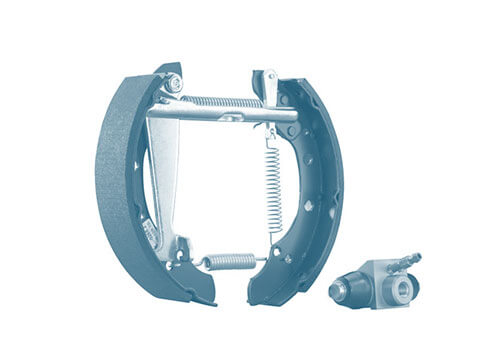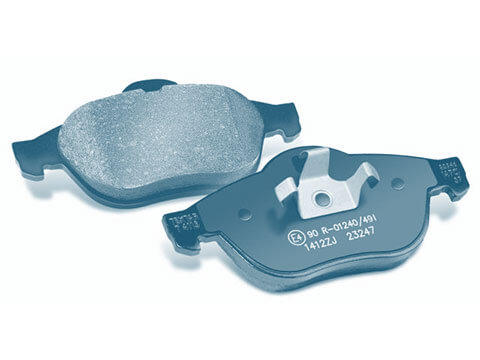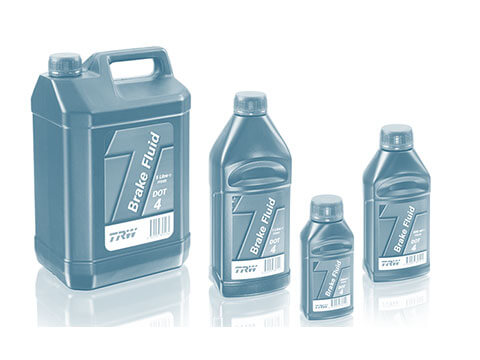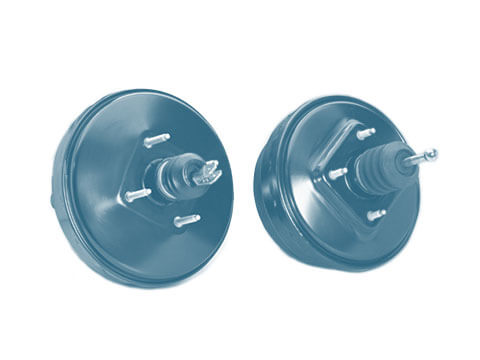Recuperation and regenerative brake systems
In electric vehicles, regenerative brake systems use the principle of energy recuperation. These systems can also be used on hybrid vehicles.
Function
When the vehicle is braked, motion energy, also known as kinetic energy, is converted into heat. If the vehicle has an internal combustion engine, then when the driver brakes using the wheel brakes or takes their foot off the accelerator, this energy is lost due to the engine braking torque. On electric vehicles and hybrid vehicles, some of this energy can be recovered and reused. This is known as “recuperation”, a term which comes from the Latin word “recuperare” (to recover or regain).
During recuperation, the electric motor in the hybrid or electric vehicle switches over to generator mode when the vehicle is braked. The wheels then transmit the kinetic energy via the driveline to the generator. The generator turns (like the dynamo on a bike) and converts some of the kinetic energy to electric energy, which is then stored temporarily in the battery and can be used later on to power the vehicle. On hybrid vehicles, the energy can also be stored in other energy stores, such as a storage capacitor/supercapacitor or a flywheel energy storage system. The recuperation process thus helps to extend the vehicle’s range. On hybrid concepts like micro hybrids and mild hybrids, the battery is charged solely using recuperation.
Protection of the environment
Electric motors do not emit any emissions at a local level, which makes them more environmentally friendly than internal combustion engines. However, the production of the electrical power itself may produce harmful substances. The most environmentally friendly solution is when 100% renewable energy sources are used to generate power. The recuperation function therefore helps to reduce fuel consumption and CO2 emissions, particularly when driving in urban traffic where the driver repeatedly has to brake and accelerate.
Brake dust is generated when the friction brake is used. As a result of the recuperation process, regenerative brake systems in electric vehicles can also reduce brake particle emissions, in some cases significantly.
Drum brakes offer a major advantage in this respect as their enclosed design means the brake dust accumulates inside the drum brake, resulting in barely any particle emissions.









